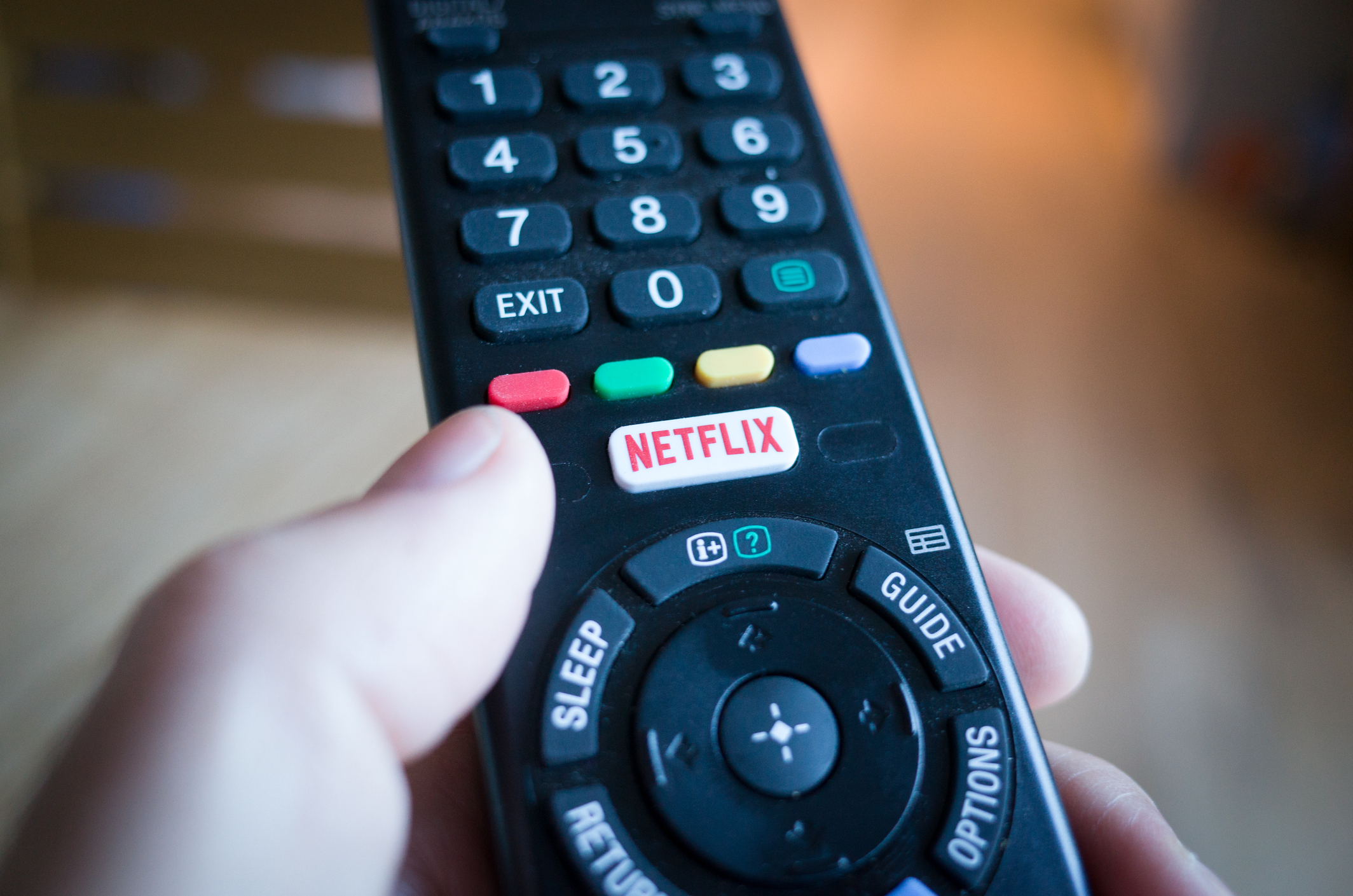Consumers choose to pay for services such as Netflix because the programming is good and the shows are completely ad-free. But what if the streaming video service started running advertisements?
Netflix is toying with the idea of using ads to promote its original content, and that doesn’t sit well with many current subscribers, according to a new study by Hub Entertainment Research. The survey involved 1,612 consumers aged 16 to 74.
Nearly one-quarter (23 percent) of viewers surveyed said they’d cancel their subscriptions of Netflix started running ads. Just 41 percent said they’d definitely or probably keep Netflix if it had ads, reports CNBC.
One way Netflix could counter subscribers’ aversion to ads is by lowering its monthly price. This action might satisfy some of its paying customers, according to the study. It found that if the streaming service included ads but dropped its price by $3, the number that would cancel decreased from 23 percent to 16 percent, while 50 percent said they would probably keep subscribing.
Over the summer, Netflix experimented with ads in the United Kingdom, labelling the action “surfacing recommendations between episodes.” Viewer backlash ensued, and the company later reassured viewers that they could skip the video previews.
Hub carried out its study before Netflix conducted the test in Britain. It found that people are largely attracted to the service because it is ad-free.
“What people say they will do in the future and what they actually do are often very different,” Jon Giegengack, principal at Hub, told CNBC. “So the exact percentage that said they would drop it is less important than the overall finding that even though Netflix invested so much money into its original programming, the fact that it’s ad-free is a key part of its value proposition to people. It’s almost part of Netflix’s identity to consumers.”
What if Netflix remained ad-free but raised prices? The study found that most subscribers would keep the service if the price increased just $2 per month, while 8 percent would cancel. A $5 increase, however, would result in 23 percent abandoning the service. When consumers get used to a product’s perks, they don’t want to relinquish them.
YouTube Premium is also ad-free, but Amazon Prime Video contains ads for its own programming. Hulu has an ad-free option in its subscription service. Disney is currently working on its own streaming service that is scheduled to launch in 2019, and it will purportedly cost less than Netflix.
The Hub study found that a new, hypothetical streaming service that was ad-free was a lot more appealing to nearly 50 percent of participants.
A recent study by the Convergence Research Group found that by the end of 2020, Canadian households with streaming service subscriptions will outnumber those with Cable television.


